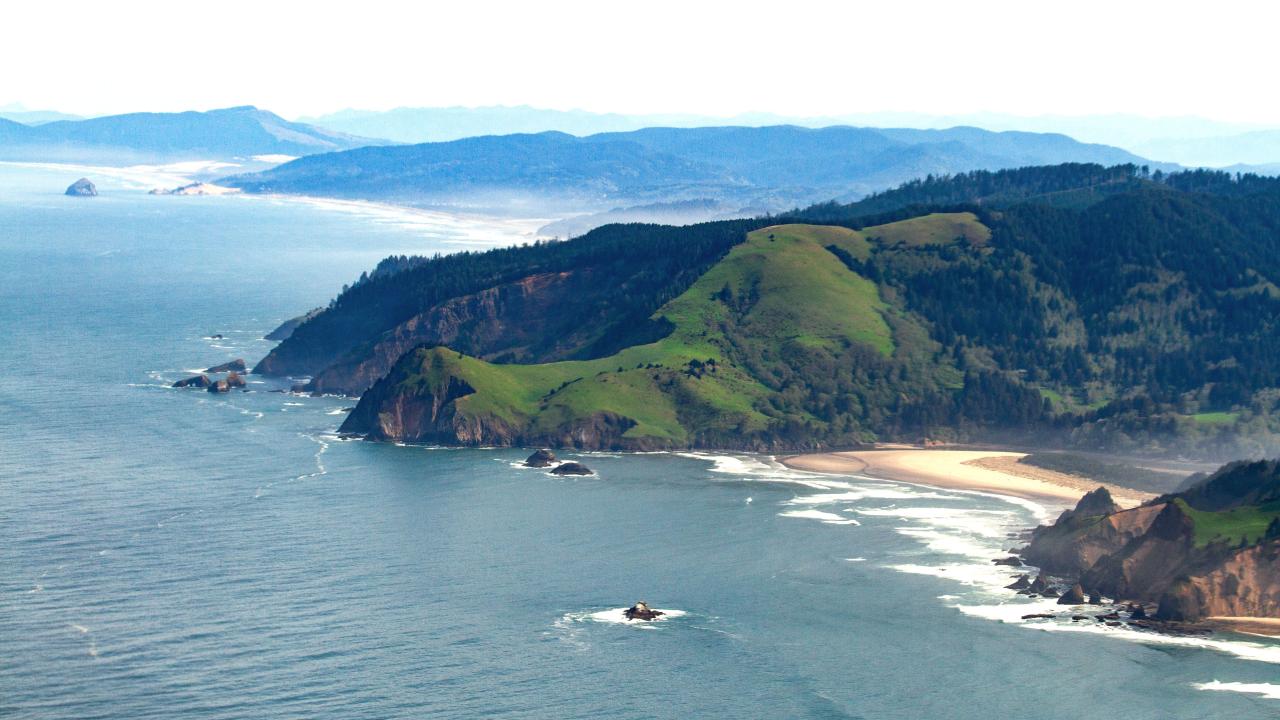
Prioritizing Locally Relevant Human Well-Being Indicators Linked to Marine Reserves
Oregon’s marine reserves are protected areas of the ocean that conserve key coastal areas and function as refuges for marine life. Canary rockfish, aggregating anemones, ochre sea stars, and bull kelp are just some of the species thriving in these protected environments. However, a key question arises: how do marine conservation efforts impact human well-being? This question is central to our Environmental Policy and Management Policy Clinic project, conducted in collaboration with the Oregon Department of Fish and Wildlife (ODFW) and UC Davis partners.
Since its establishment in 2009, ODFW has monitored the ecological impacts and public awareness of the state's five marine reserves. Recently, however, the agency has shifted its focus to a critical but often overlooked aspect of conservation: the effects of marine reserves on the well-being of local communities. In partnership with ODFW, our team has been tasked with identifying a set of 10 to 15 measurable indicators of human well-being that can be integrated into long-term monitoring efforts.
To develop these indicators, we held five focus group sessions - one near each marine reserve - to gain a better understanding of how residents interact with and experience the impacts of Oregon’s marine reserves. Each session included community members with an array of different backgrounds and relationships with the reserves, including fishers, business owners, conservationists, and recreational users. We asked participants to brainstorm and prioritize locally-relevant indicators of well-being that related to them and their communities. These meetings provided rich insights and locally-framed indicators, such as Cape Perpetua Collaborative's Tidal Ambassador program, which offers guided summer tours to explore marine life and intertidal ecosystems, alongside many other ideas of data for ODFW to track over time.
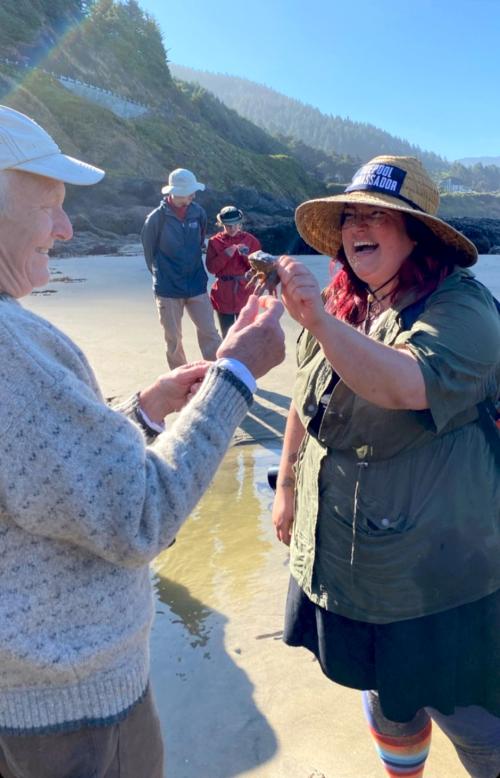
Some of our findings include:
Community perceptions of marine reserves are influenced strongly by identity, cultural ties, and a personal sense of place.
Communities differed in their knowledge and awareness of top-down conservation efforts, like the establishment of no-take marine reserves, but most participants expressed enthusiasm over the possibility of continued engagement in research like this, with the opportunity to build long-lasting relationships and trust over time.
Participants emphasized that “marine reserves are a tool that can be used in the narrative [of their community]” - a recognition that these designations can help tell a story about how communities care for and connect with nature.
The relationship between marine reserves and community life is different for each individual but is deeply impactful, valuable, and tied to well-being for everyone.
Our team not only hosted focus groups but also conducted a literature review on human well-being indicators in marine protected areas worldwide. From this, we identified best practices for monitoring the social, cultural, and psychological effects of these areas. By combining these insights with direct input from the communities, our report to ODFW reflects recommendations of qualitative and quantitative well-being indicators informed by both academia and community feedback.
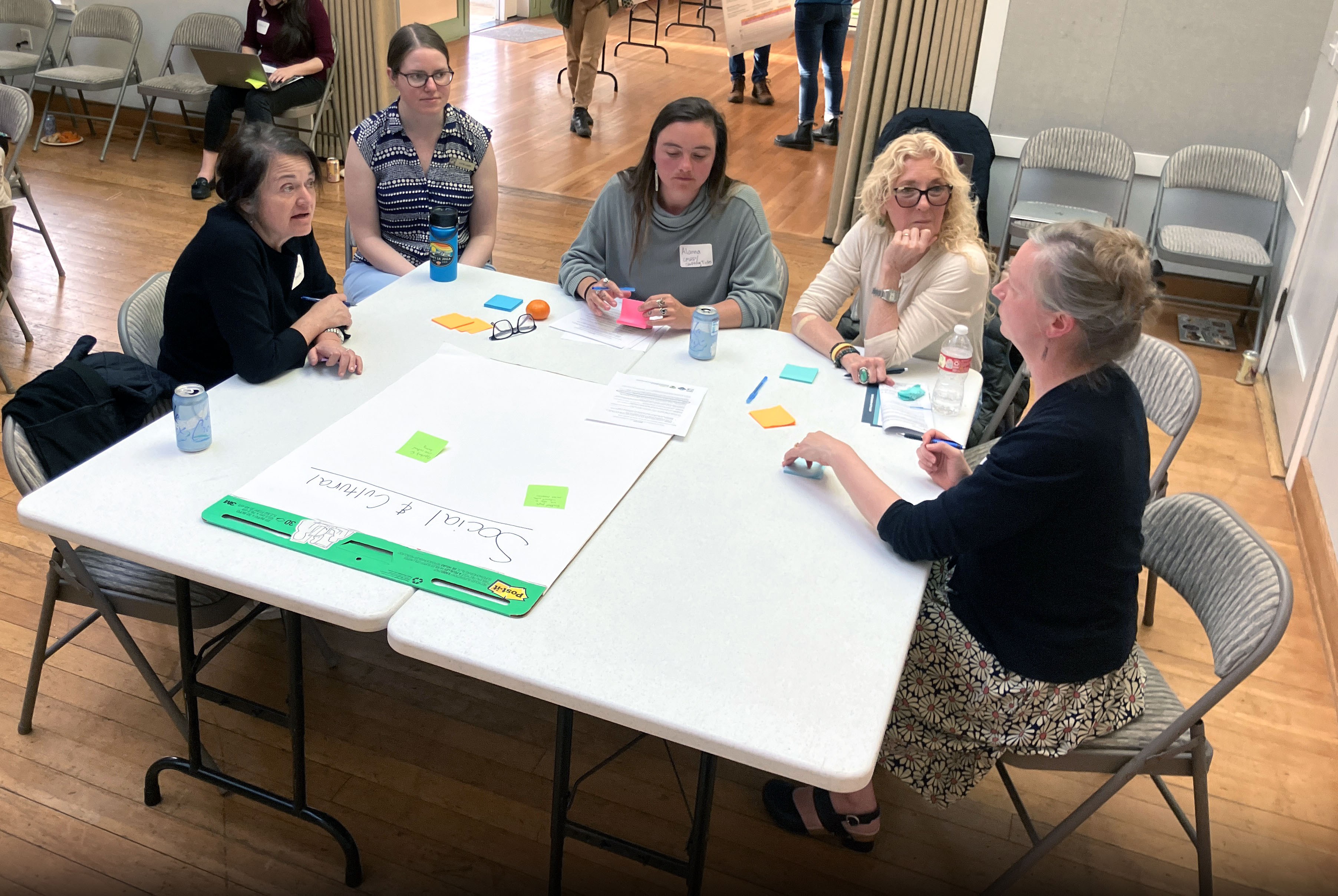
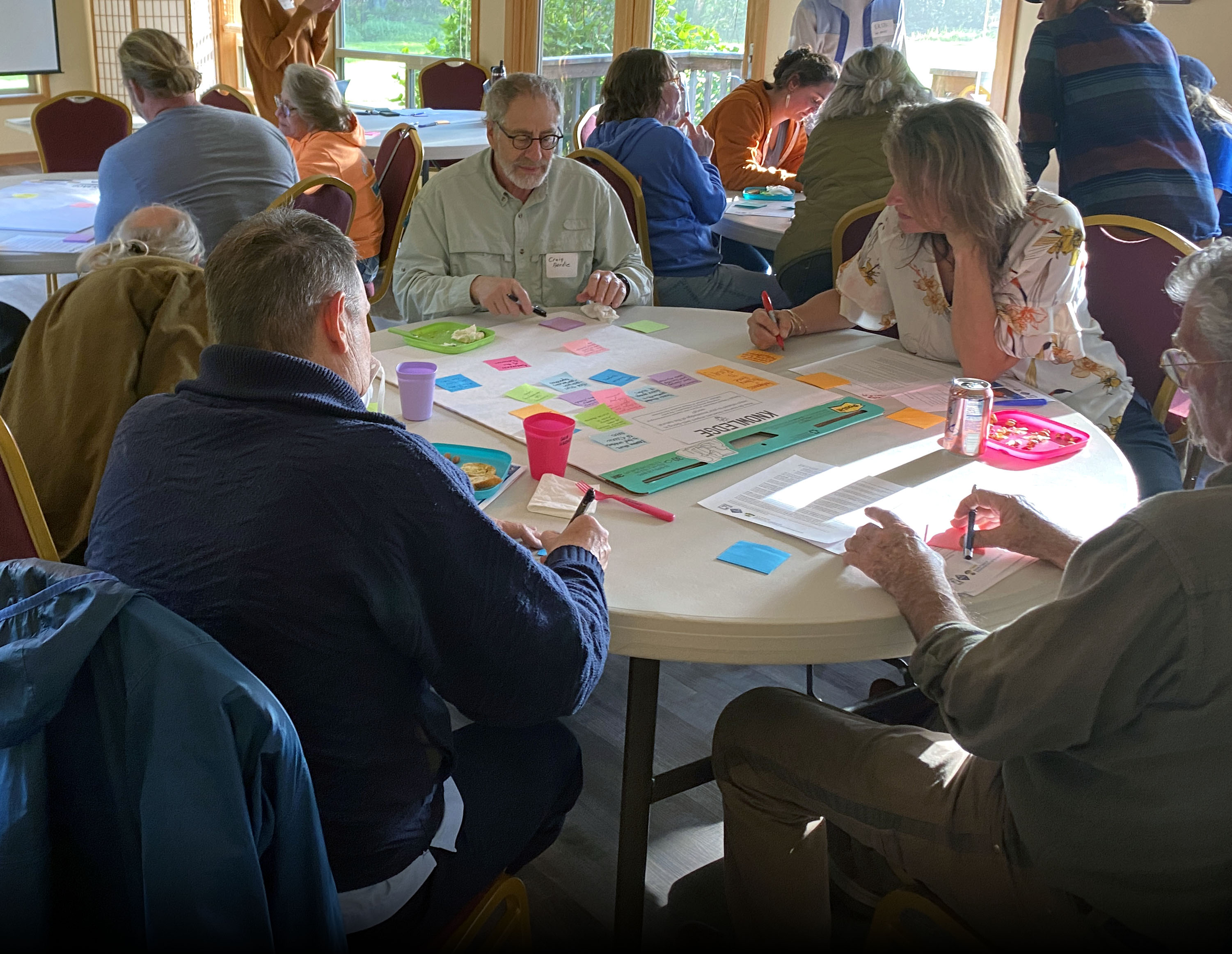
Our research emphasizes that effective conservation involves not just the protection of species, but also the engagement and support of local communities. We are proud to have played a part in shaping a more inclusive and community-informed approach to marine conservation in Oregon. This project reminded us that environmental protection does not happen in isolation- it happens in real places, with real people, and it must honor those connections if it is going to be sustainable and just. We hope our findings will aid ODFW in developing a monitoring program that is equitable, inclusive, and focused on community input- one that values local perspectives alongside scientific data.
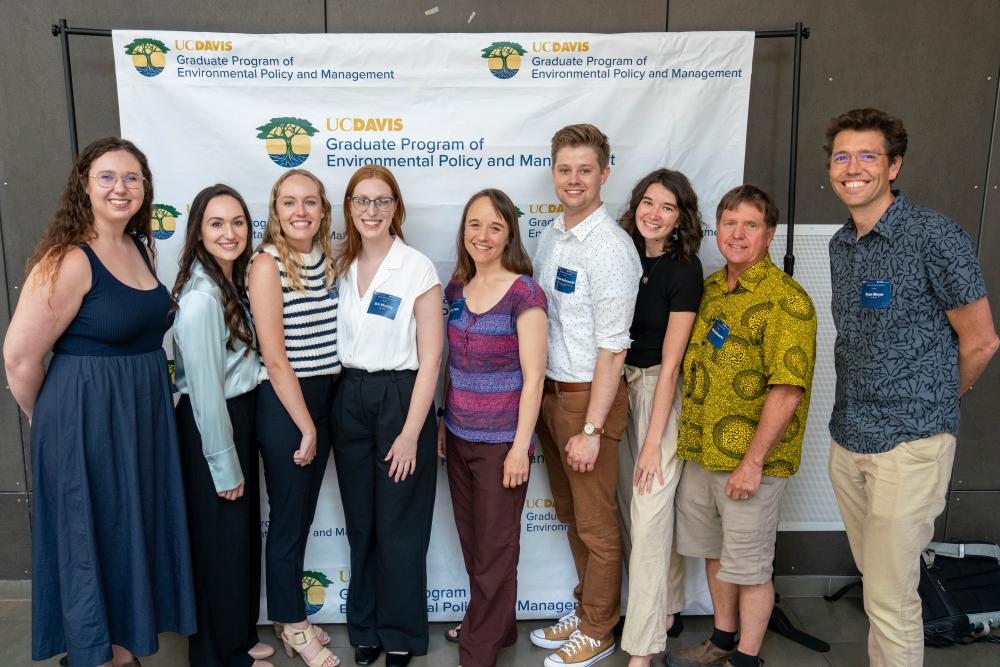
As Oregon continues to lead on marine conservation, the next step is clear: keep people in the picture. Stay tuned as ODFW takes our recommendations and implements this important work over the coming months and years. For now, here’s to early mornings on the Oregon coast, “gossiping and drinking coffee while checking the surf,” and reimagining what marine protection can mean for all of us.
Prioritizing Locally Relevant Human Well-Being Indicators Linked to Marine Reserves Final Report
This article is the first in a series of six that highlight Policy Clinic projects completed by EPM masters students in collaboration with our partners. On behalf of the Graduate Program of Environmental Policy and Management, we'd like to give special thanks to Dr. Sarah Klain and the Oregon Department of Fish and Wildlife team as well as our UC Davis partners Dr. Ryan Meyer and Dr. Mark Schwartz.
